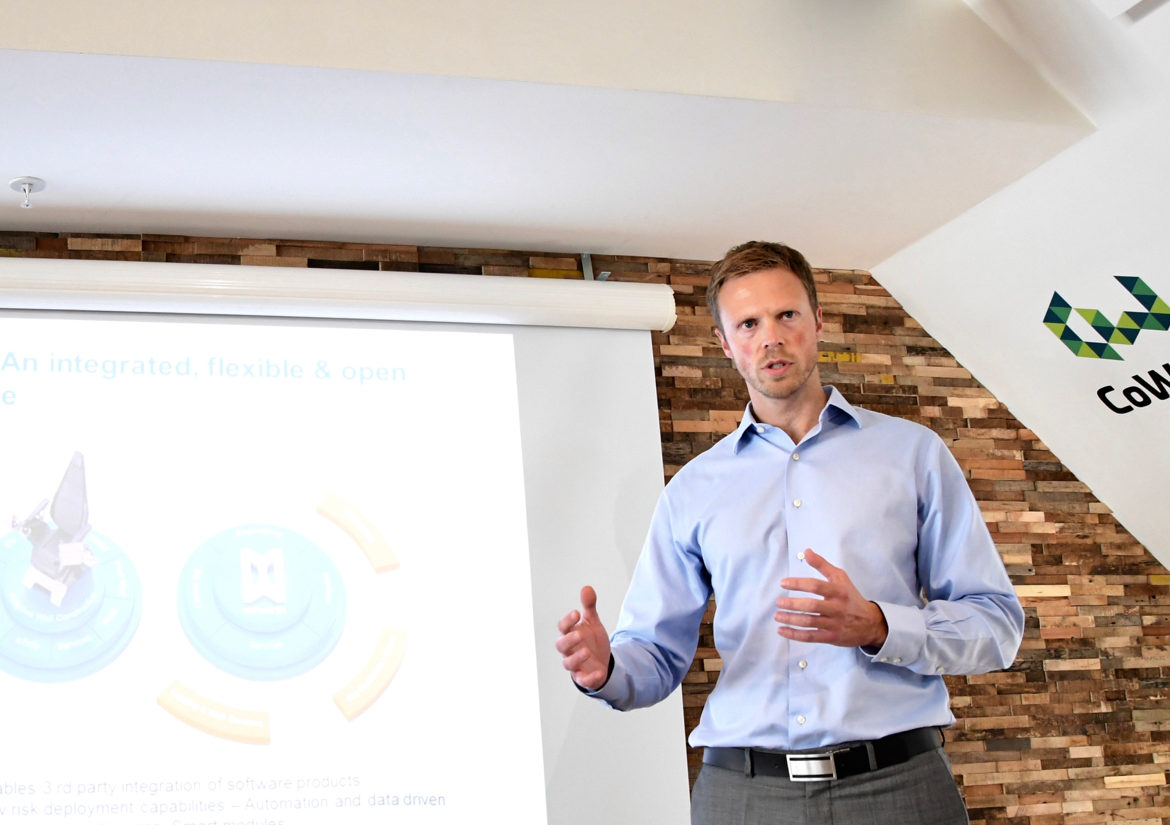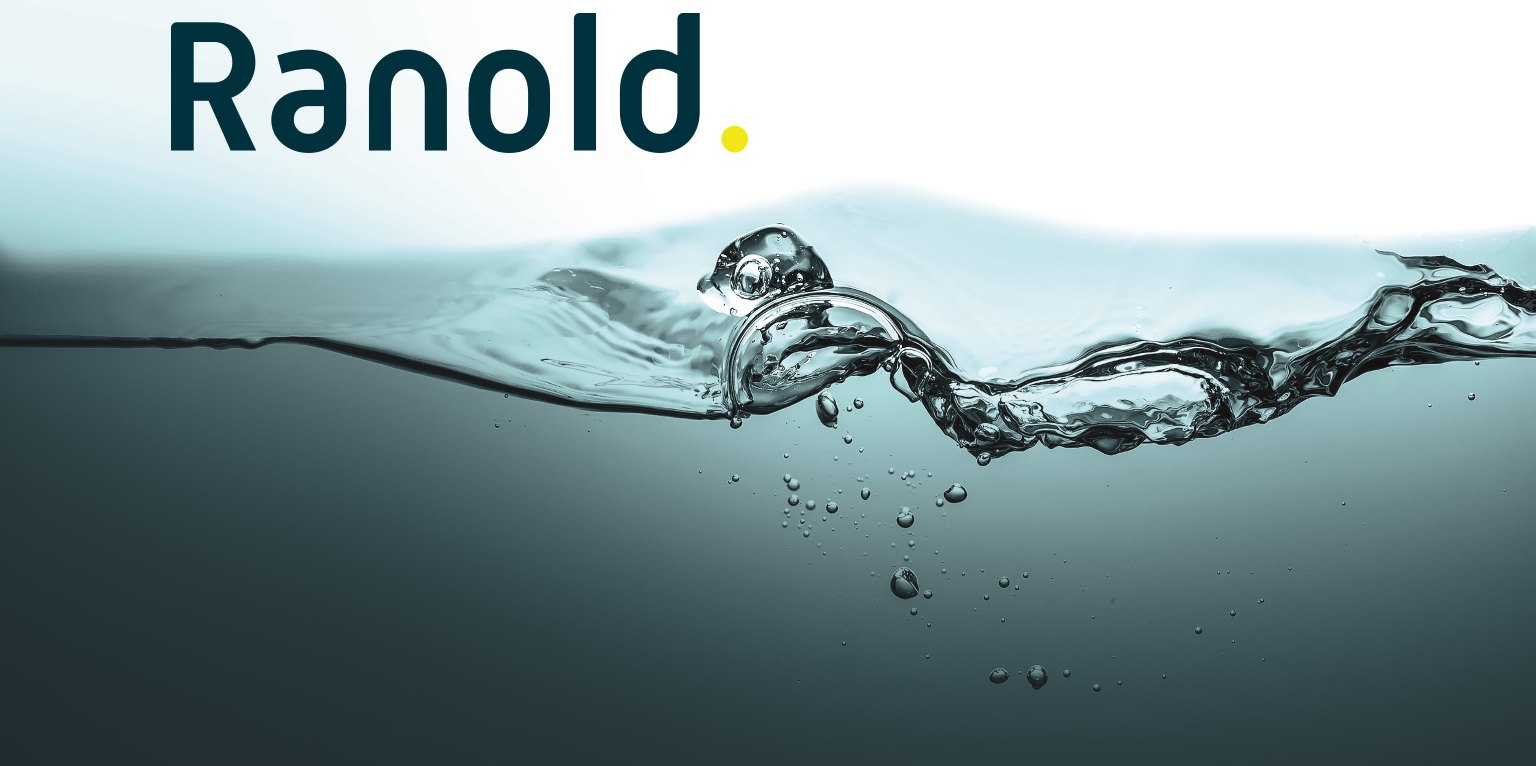This is among the findings in the annual Environmental Report, issued by The Norwegian Oil and Gas Association. The report states that emissions on the Norwegian Continental Shelf have been reduced both in 2016 and 2017, even though production of oil and gas has increased in the same period of time.
“This shows that we are ever more efficient, both in terms of costs and environmental footprint. Innovations and digitalization will continue to make the oil and gas industry more sustainable in years to come,” says Anne-Grete Ellingsen, CEO of GCE NODE.
Pål Skogerbø, Senior Vice President Digital Technology at MHWirth, says there are two dimensions to how technological innovations can help reduce emissions.
“Drilling efficiency is one dimension. Automation and optimal drilling solutions help reduce the time it takes to drill a well. This has a direct effect on emissions from the drillship or platform. Automation of processes prevents human errors. We estimate that drilling efficiency may increase by 15 to 20 per cent if we reduce human involvement and avoid costly mistakes,” says Skogerbø.
The other dimension is related to the reduction of fuel consumed per time unit.
«We have three initiatives along this dimension. The first is to make the equipment more energy efficient. The second is to re-generate energy, for instance when lowering the drill string into the well, we use the pull of gravity to generate energy. The third initiative, which also has the greatest potential, is power shaving. This hybrid concept combines power generators and battery technology to significantly reduce fuel consumption when generating electric power,” says Skogerbø.
MHWirth has taken a holistic approach to improve efficiency and environmental footprint.
“We have found partners and sub-contractors that help us improve. We realize that we need to involve the entire supply chain in order to succeed,” says Skogerbø.
READ MORE: Environmental Report from The Norwegian Oil and Gas Association (Norwegian text)



